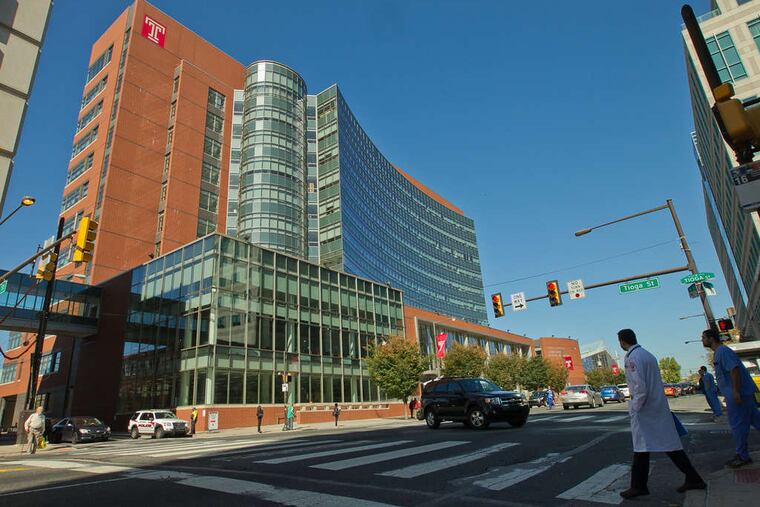Temple gets NIH grant to develop therapy for cocaine addiction
Though overdose deaths linked to stimulants have been rising in Philadelphia, there are no federally approved medications to treat cocaine addiction.

Researchers at Temple University have received a $1.77 million federal grant to study a drug they believe could help curb cravings in people addicted to cocaine.
The grant, from the National Institute on Drug Abuse, will fund studies of clavulanic acid, a drug that’s been shown in animal studies at Temple to act on the neurotransmitter glutamate, which has been linked with addictive behavior. Researchers at Temple now plan to begin studies in humans.
Overdose deaths linked to stimulants such as cocaine have been rising in Philadelphia, and there are no federally approved medications to treat cocaine addiction like there are for opioid use disorder. That’s due to a number of factors, experts say.
Cocaine users develop less of a physiological dependence on the drug than opioid users, who risk painful, physical withdrawal once they are addicted, and generally benefit from treatment with medically monitored doses of opioids like methadone and buprenorphine rather than street drugs like heroin and fentanyl.
“The motivation to substitute heroin is, at the very least, to alleviate withdrawal symptoms,” said Sheila P. Vakharia, deputy director of research and academic engagement at the Drug Policy Alliance, which advocates for progressive drug policies. “But patterns of stimulant use are different. People can go on binges, use in different kinds of patterns — wanting to focus, wanting to enhance a fun experience, or change their mood. So much of the drive is psychological and environmental.”
Temple researchers say racism has also likely played a role in the lack of treatments for cocaine use disorder. In Philadelphia, cocaine has historically driven more overdose deaths among black and Hispanic residents, and overdose deaths rose in those groups in 2019 even as drug deaths dropped among white Philadelphians.
The largest portion of the city’s drug deaths in 2019, nearly 48%, was due to a combination of opioids, which are depressants, and stimulants like cocaine and methamphetamine.
“The opioid epidemic really did come with an attempt by physicians to treat pain, and it surged so dramatically — and it surged in a white population,” said the grant’s senior investigator, Mary Morrison, vice chair for research and psychiatry at Temple’s Katz School of Medicine. The lack of a corresponding push for drugs to treat cocaine addiction, she said, is an example of racist disparities in health care.
Morrison hopes to launch two studies on clavulanic acid, the first of which will study MRI scans from 12 people addicted to cocaine who’ve been treated with the drug, to see if it’s decreased their cravings for cocaine. Depending on the results of that research, a second study will follow cocaine users being treated for addiction with cognitive behavioral therapy and supplement their treatment with clavulanic acid.
Scott Rawls, a professor of pharmacology in Temple’s Center for Substance Abuse Research, is a co-investigator on the grant who has been researching clavulanic acid’s potential as an addiction treatment since 2014. He said one of the benefits of the drug is that it’s already present in a common antibiotic therapy, Augmentin.
“It can be repurposed to another therapeutic indication, which is good because it saves the taxpayer a lot of money,” he said. “Because of its safety profile, which I think is good — it’s being used in people everywhere in Augmentin — it could be fast-tracked relatively quickly.”
Vakharia said drug users must be supported not only with medication but also with access to housing, food, employment, and racial equity.
“A pill [to curb cravings] can only do so much when you don’t have enough food to eat and stimulant will take your appetite away. Or when you’re tragically depressed over police violence and a [stimulant] will get you up and out,” she said. “If you make cocaine less pleasurable through this pill, what are you doing to build people up to be able to deal with life’s circumstances?”